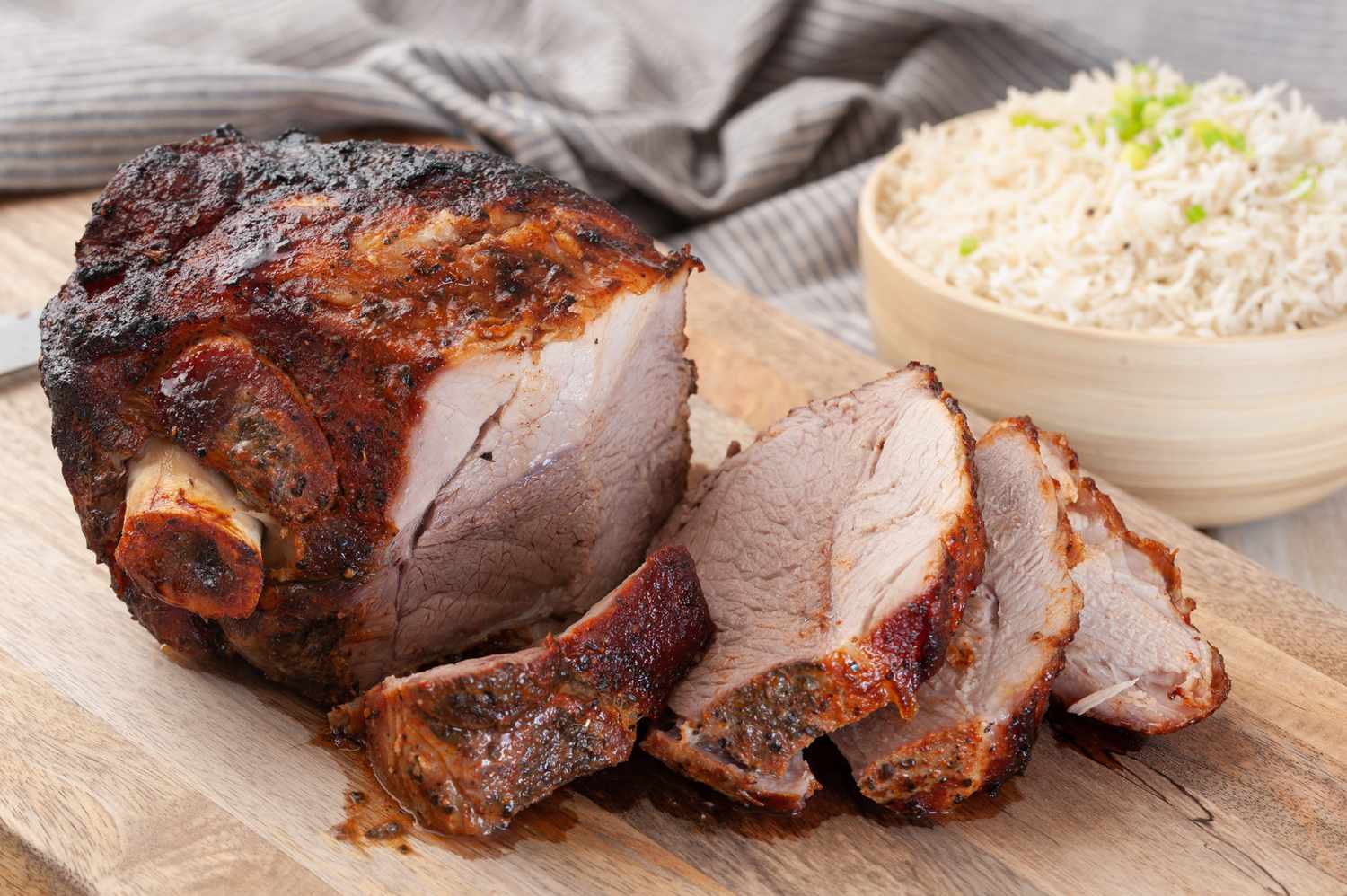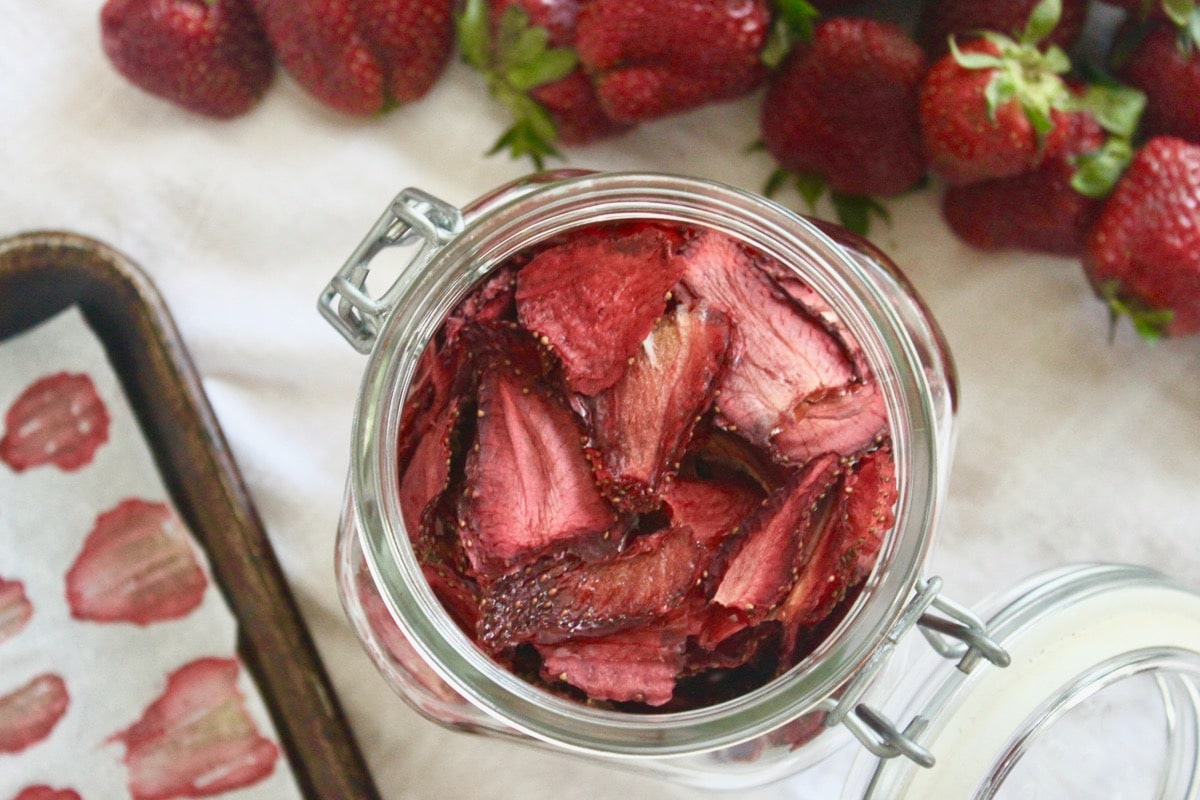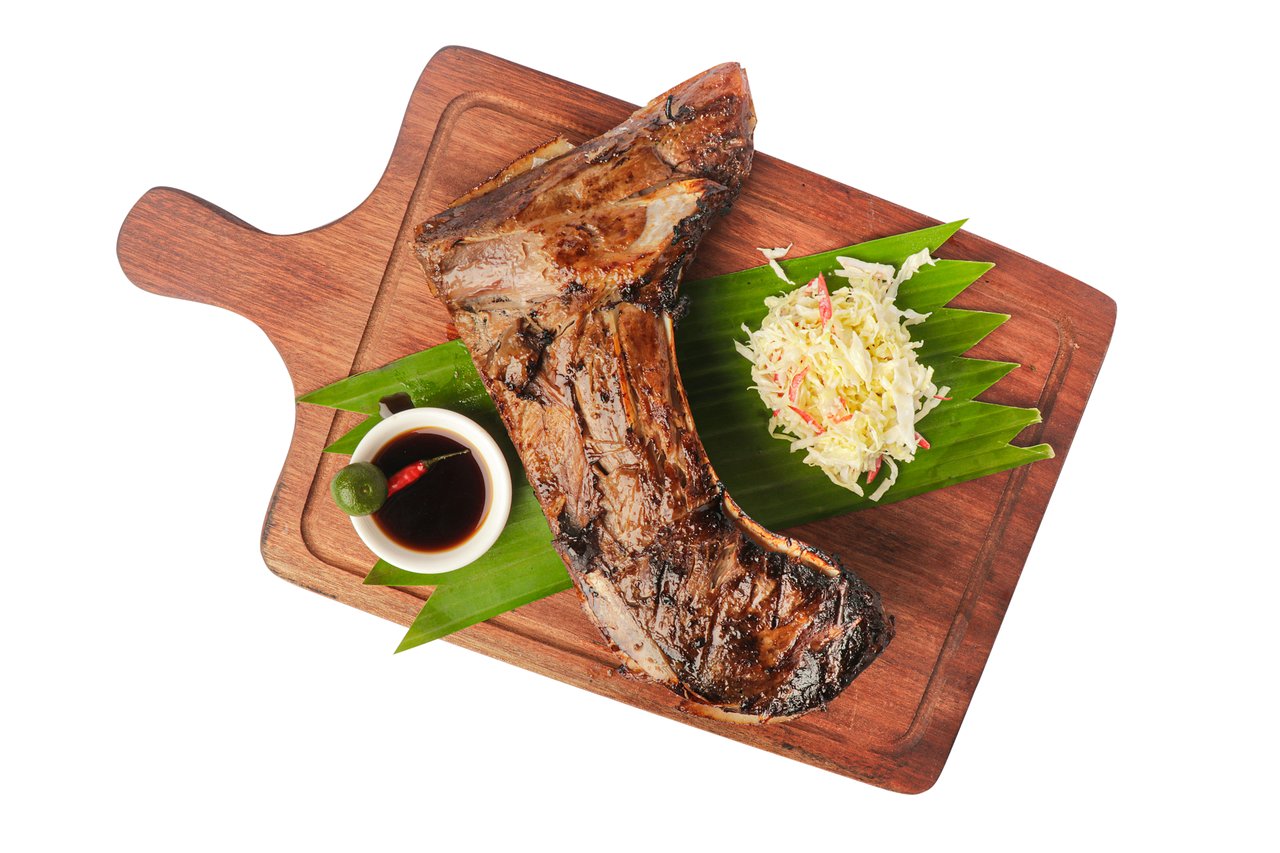Roasting coffee beans commercially involves a precise and controlled process that transforms green coffee beans into aromatic, flavorful roasted coffee. Each step of the roasting journey contributes to the bean’s flavor profile, making it a highly specialized craft.
Step-by-Step Guide to Commercial Coffee Roasting
1. Preparing Green Coffee Beans
Before roasting begins, green coffee beans must be cleaned and sorted to ensure uniformity in size and quality. Removing impurities like stones or debris is crucial to avoid damaging equipment. Once sorted, the beans are weighed according to batch size and loaded into the roaster.
2. The Drying Phase
The first phase of roasting focuses on reducing the moisture content of the beans, which typically starts at around 10%. This step lasts 6 to 8 minutes, during which the beans are heated to approximately 160°C (320°F). The drying phase is essential for setting the foundation for the subsequent roasting stages.
3. Browning Phase
As the temperature increases, the beans transition into the browning phase. During this stage, the Maillard reaction occurs, where natural sugars and amino acids react, creating complex flavors and aromas. The first crack, a distinct popping sound, marks the expansion of the beans and the release of steam. This phase generally begins between 4 to 8 minutes and is vital for flavor development.
4. Development Phase
The development phase begins after the first crack, where the beans’ flavors deepen. This is a delicate process, as over-roasting can lead to burnt flavors. Depending on the desired roast level—light, medium, or dark—this phase may last a few minutes. Monitoring the temperature and duration closely is crucial to achieving the desired flavor profile.
5. Cooling
Once the beans reach the desired roast level, they must be cooled rapidly to halt further roasting. Cooling typically involves air or water quenching and should occur within 4 to 5 minutes. Effective cooling preserves the beans’ integrity and locks in the desired flavor.
Commercial Coffee Roasting Equipment
Drum Roasters
Drum roasters are the most commonly used equipment in commercial roasting. These machines feature a rotating drum that evenly distributes heat and tumbles the beans. They provide consistent results across various roast profiles and are favored for their capacity and versatility.
Fluid Bed Roasters
Also known as hot air roasters, these use hot air to roast beans. While they are energy-efficient and quick, fluid bed roasters may not achieve the same depth of flavor as drum roasters. They are often used for lighter roasts or small-batch operations.
Cooling Trays
Cooling trays rapidly lower the temperature of roasted beans. Equipped with powerful fans, these trays ensure that the beans cool evenly, preventing over-roasting and maintaining the desired flavor profile.
Thermometers and Bean Triers
Precision instruments are essential in commercial roasting. Thermometers monitor internal temperatures, while bean triers allow roasters to sample beans mid-roast, ensuring quality control.
Roast Profiles
1. Light Roast
- Characteristics: Light brown color, no visible oil.
- Flavor: Higher acidity and retains more of the bean’s original characteristics.
- Use Case: Ideal for highlighting the unique flavors of single-origin beans.
2. Medium Roast
- Characteristics: Medium brown with a balance of acidity and body.
- Flavor: Offers a balanced taste with richer flavor development.
- Use Case: Popular for its versatility, suitable for most brewing methods.
3. Dark Roast
- Characteristics: Dark brown to black, often with an oily surface.
- Flavor: Lower acidity with bold, smoky, or bitter notes.
- Use Case: Preferred for robust blends and espresso.
Challenges in Commercial Coffee Roasting
- Consistency Across Batches
Achieving uniformity requires precise control over temperature, time, and airflow. Even minor deviations can alter the flavor profile. - Equipment Maintenance
Regular cleaning and calibration of roasting equipment are necessary to ensure optimal performance and avoid contamination. - Adapting to Bean Varieties
Different coffee beans have unique properties, such as density and moisture content, requiring adjustments to roasting parameters. - Scaling Up
Roasting larger batches while maintaining quality can be challenging, as heat distribution becomes more complex.
Best Practices for Successful Commercial Roasting
- Record and Analyze Data: Logging temperature curves, roast times, and batch outcomes helps improve consistency.
- Focus on Quality Control: Regularly sample and evaluate roasted beans to maintain standards.
- Train and Educate Staff: Skilled operators can identify and address issues quickly, ensuring smooth operations.
- Invest in Automation: Automated systems can enhance precision, especially for large-scale production.
Conclusion
Roasting coffee beans commercially is both an art and a science. Each step, from preparation to cooling, plays a vital role in shaping the final product. With the right equipment, techniques, and attention to detail, commercial coffee roasters can consistently deliver high-quality beans tailored to diverse tastes.
Was this page helpful?
Read Next: How To Roast Corn From A Can
Abby Marcelino
Abby is a writer, editor, and a fan of ASMR mukbang and cooking videos. Her family has been in the food industry for years and she has been working for their business as a part-time quality assurance officer and content creator. She is addicted to all things dairy and carbs, most especially cheese and bread.











